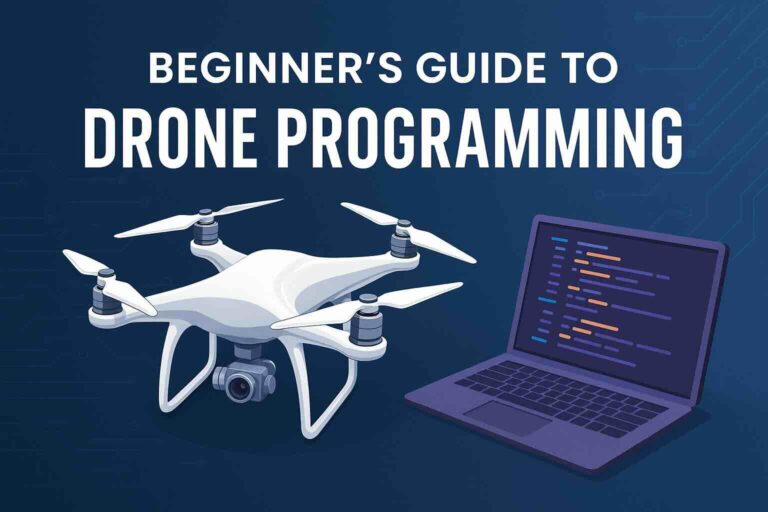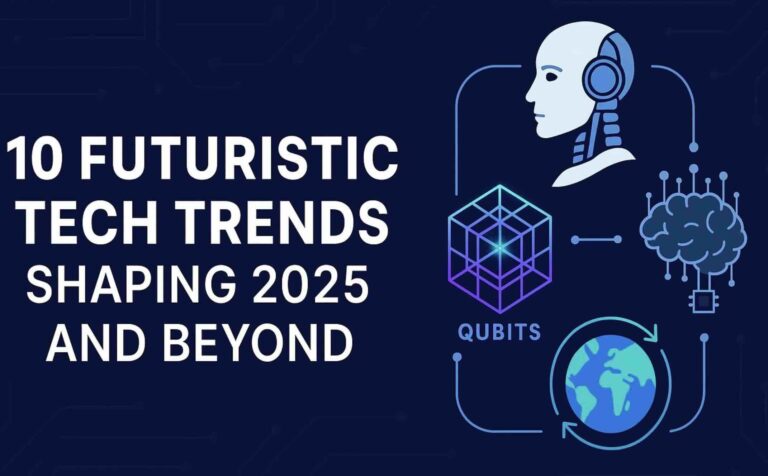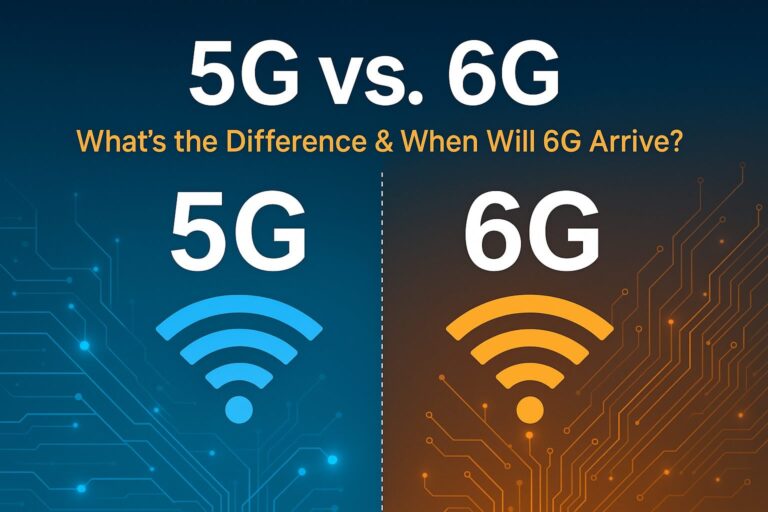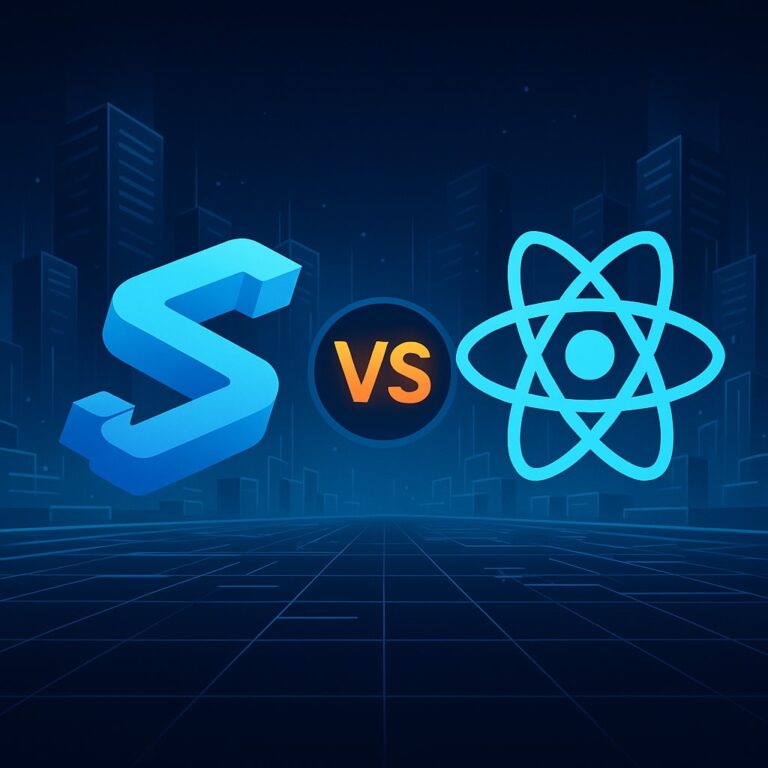Large Language Models (LLMs) represent a groundbreaking advancement in the field of artificial intelligence, particularly in the domain of natural language processing (NLP).
These models have the capability to understand, generate, and manipulate human language with remarkable accuracy. This article aims to provide an in-depth exploration of the fundamentals of LLMs, elucidating their components, mechanisms, and applications, with examples to enhance understanding.
1. What is a Large Language Model?
A Large Language Model (LLM) is a type of neural network model designed to understand and generate human language. LLMs are trained on massive datasets containing text from various sources, enabling them to capture intricate patterns and relationships within the language. This training allows them to perform tasks such as text completion, translation, summarization, and even creative writing.
2. Core Concepts
Neural Networks
Neural networks are the foundational building blocks of LLMs. They are inspired by the human brain’s structure and function, consisting of layers of interconnected nodes (neurons) that process input data to produce an output. Each connection has a weight that adjusts as the network learns, enabling it to make accurate predictions or decisions.
Example: Simple Neural Network
Consider a simple neural network for binary classification. The network has an input layer, one hidden layer, and an output layer.
- Input Layer: Receives the input features (e.g., features of an email to classify it as spam or not).
- Hidden Layer: Processes the input features through weighted connections and an activation function.
- Output Layer: Produces the final classification result (e.g., spam or not spam).
import torch
import torch.nn as nn
class SimpleNN(nn.Module):
def __init__(self):
super(SimpleNN, self).__init__()
self.hidden = nn.Linear(2, 3) # 2 input features, 3 neurons in hidden layer
self.output = nn.Linear(3, 1) # 1 output neuron for binary classification
def forward(self, x):
x = torch.relu(self.hidden(x))
x = torch.sigmoid(self.output(x))
return x
model = SimpleNN()
print(model)Transformers
Transformers are the backbone of modern LLMs. They were introduced in the seminal paper “Attention is All You Need” by Vaswani et al. in 2017. Transformers leverage a mechanism known as self-attention to weigh the importance of different words in a sentence, enabling the model to understand context better.
Self-Attention Mechanism
The self-attention mechanism allows the model to focus on different parts of the input sequence when generating an output. This mechanism computes a weighted sum of the input features, where the weights are determined by the relevance of each feature to the current position in the sequence.
Example: Self-Attention
Consider the sentence “The cat sat on the mat.” The self-attention mechanism helps the model understand that “cat” and “sat” are closely related in this context.
import numpy as np
def attention(query, key, value):
scores = np.dot(query, key.T)
weights = np.exp(scores) / np.sum(np.exp(scores))
output = np.dot(weights, value)
return output
query = np.array([[1, 0, 1]])
key = np.array([[1, 0, 1], [0, 1, 0], [1, 1, 1]])
value = np.array([[1, 2], [3, 4], [5, 6]])
attention_output = attention(query, key, value)
print(attention_output)Pretraining and Fine-Tuning
LLMs undergo two main training phases: pretraining and fine-tuning.
Pretraining
During pretraining, the model is exposed to a vast corpus of text data, learning general language patterns, grammar, and facts about the world. This phase involves training the model to predict the next word in a sentence (language modeling) or filling in missing words (masked language modeling).
Example: Pretraining
from transformers import GPT2Tokenizer, GPT2LMHeadModel
tokenizer = GPT2Tokenizer.from_pretrained('gpt2')
model = GPT2LMHeadModel.from_pretrained('gpt2')
input_text = "The quick brown fox"
input_ids = tokenizer.encode(input_text, return_tensors='pt')
outputs = model(input_ids, labels=input_ids)
loss, logits = outputs.loss, outputs.logits
print(f"Loss: {loss.item()}")Fine-Tuning
After pretraining, the model is fine-tuned on a specific dataset tailored to a particular task, such as sentiment analysis, named entity recognition, or question answering. Fine-tuning adjusts the model’s weights to optimize performance on the specific task.
Example: Fine-Tuning
from transformers import Trainer, TrainingArguments
# Assume train_dataset is a prepared dataset for fine-tuning
training_args = TrainingArguments(
output_dir='./results',
num_train_epochs=3,
per_device_train_batch_size=4,
save_steps=10_000,
save_total_limit=2,
)
trainer = Trainer(
model=model,
args=training_args,
train_dataset=train_dataset,
)
trainer.train()Tokenization
Tokenization is the process of breaking down text into smaller units called tokens. These tokens can be words, subwords, or characters. Tokenization is crucial because it converts text into a numerical format that the model can process.
Example: Tokenization
Using the Hugging Face Transformers library, tokenization can be performed as follows:
input_text = "Hello, world!"
tokens = tokenizer.tokenize(input_text)
input_ids = tokenizer.convert_tokens_to_ids(tokens)
print(f"Tokens: {tokens}")
print(f"Token IDs: {input_ids}")3. Advanced Concepts
Attention Mechanism
The attention mechanism is a pivotal component of transformers, allowing the model to focus on different parts of the input sequence. It helps the model understand context and relationships between words.
Multi-Head Attention
Transformers use multi-head attention, which involves multiple attention mechanisms operating in parallel. This allows the model to capture different types of relationships between words.
Example: Multi-Head Attention
import torch.nn.functional as F
class MultiHeadAttention(nn.Module):
def __init__(self, d_model, num_heads):
super(MultiHeadAttention, self).__init__()
self.num_heads = num_heads
self.d_model = d_model
self.q_linear = nn.Linear(d_model, d_model)
self.k_linear = nn.Linear(d_model, d_model)
self.v_linear = nn.Linear(d_model, d_model)
self.out = nn.Linear(d_model, d_model)
def forward(self, q, k, v):
bs = q.size(0)
q = self.q_linear(q).view(bs, -1, self.num_heads, self.d_model // self.num_heads).transpose(1,2)
k = self.k_linear(k).view(bs, -1, self.num_heads, self.d_model // self.num_heads).transpose(1,2)
v = self.v_linear(v).view(bs, -1, self.num_heads, self.d_model // self.num_heads).transpose(1,2)
scores = torch.matmul(q, k.transpose(-2, -1)) / np.sqrt(self.d_model)
weights = F.softmax(scores, dim=-1)
output = torch.matmul(weights, v)
output = output.transpose(1, 2).contiguous().view(bs, -1, self.d_model)
return self.out(output)
d_model = 512
num_heads = 8
multi_head_attn = MultiHeadAttention(d_model, num_heads)
print(multi_head_attn)Types of Language Models
Several architectures have emerged within the realm of LLMs, each with unique capabilities:
BERT (Bidirectional Encoder Representations from Transformers)
BERT is designed to understand the context of a word in both directions (left-to-right and right-to-left). It excels in tasks requiring a deep understanding of context, such as question answering and language inference.
Example: Using BERT
from transformers import BertTokenizer, BertModel
tokenizer = BertTokenizer.from_pretrained('bert-base-uncased')
model = BertModel.from_pretrained('bert-base-uncased')
input_text = "The quick brown fox jumps over the lazy dog."
input_ids = tokenizer.encode(input_text, return_tensors='pt')
outputs = model(input_ids)
print(outputs.last_hidden_state)GPT (Generative Pretrained Transformer)
GPT models, like GPT-3, are autoregressive, meaning they generate text one token at a time. They are highly effective in generating coherent and contextually relevant text, making them suitable for tasks like text completion, translation, and creative writing.
Example: Using GPT-3
import openai
openai.api_key = 'your-api-key'
response = openai.Completion.create(
engine="davinci",
prompt="Once upon a time",
max_tokens=50
)
print(response.choices[0].text.strip())T5 (Text-to-Text Transfer Transformer)
T5 treats every NLP problem as a text-to-text problem, allowing it to be highly versatile across various tasks.
Example: Using T5
from transformers import T5Tokenizer, T5ForConditionalGeneration
tokenizer = T5Tokenizer.from_pretrained('t5-small')
model = T5ForConditionalGeneration.from_pretrained('t5-small')
input_text = "translate English to German: The house
is wonderful."
input_ids = tokenizer.encode(input_text, return_tensors='pt')
outputs = model.generate(input_ids)
translated_text = tokenizer.decode(outputs[0], skip_special_tokens=True)
print(translated_text)4. Building Your First LLM
Prerequisites
Before building an LLM, you should have a foundational understanding of deep learning and NLP concepts. Familiarity with Python and machine learning frameworks like TensorFlow or PyTorch is essential.
Step-by-Step Guide
- Choose the Right Framework Select a deep learning framework such as PyTorch or TensorFlow. Both frameworks have robust libraries and tools for building and training LLMs.
- Set Up Your Environment Install the necessary libraries and tools. For instance, using PyTorch, you can install the Hugging Face Transformers library:
pip install transformers- Select a Pretrained Model Start with a pretrained model from the Hugging Face Model Hub. For example, you can use GPT-2:
from transformers import GPT2LMHeadModel, GPT2Tokenizer
model = GPT2LMHeadModel.from_pretrained('gpt2')
tokenizer = GPT2Tokenizer.from_pretrained('gpt2')- Tokenize Your Data Prepare your input text by tokenizing it:
input_text = "Hello, world!"
inputs = tokenizer(input_text, return_tensors='pt')- Generate Text Use the model to generate text based on the input:
outputs = model.generate(inputs['input_ids'], max_length=50)
generated_text = tokenizer.decode(outputs[0], skip_special_tokens=True)
print(generated_text)- Fine-Tune the Model For specific tasks, fine-tune the model on your dataset. This involves preparing your data, defining a loss function, and training the model using gradient descent.
from transformers import Trainer, TrainingArguments
training_args = TrainingArguments(
output_dir='./results',
num_train_epochs=3,
per_device_train_batch_size=4,
save_steps=10_000,
save_total_limit=2,
)
trainer = Trainer(
model=model,
args=training_args,
train_dataset=your_train_dataset,
)
trainer.train()- Evaluate and Optimize After training, evaluate the model on a validation set to ensure it performs well. Optimize hyperparameters and fine-tune further if necessary.
Example Application: Chatbot
To illustrate the application of LLMs, let’s build a simple chatbot using the GPT-2 model. The chatbot will generate responses to user inputs based on the training it received during pretraining and fine-tuning.
Step 1: Install Dependencies
pip install transformers torchStep 2: Load the Pretrained Model
from transformers import GPT2LMHeadModel, GPT2Tokenizer
model = GPT2LMHeadModel.from_pretrained('gpt2')
tokenizer = GPT2Tokenizer.from_pretrained('gpt2')Step 3: Create a Chatbot Function
def generate_response(input_text):
inputs = tokenizer.encode(input_text, return_tensors='pt')
outputs = model.generate(inputs, max_length=100, num_return_sequences=1)
response = tokenizer.decode(outputs[0], skip_special_tokens=True)
return responseStep 4: Interact with the Chatbot
while True:
user_input = input("You: ")
if user_input.lower() in ["exit", "quit"]:
break
response = generate_response(user_input)
print(f"Chatbot: {response}")5. Conclusion
Building an LLM involves understanding both the fundamentals and practical steps. By leveraging existing frameworks and tools, you can create powerful language models capable of understanding and generating human-like text. This comprehensive guide has covered the basics of neural networks, transformers, pretraining and fine-tuning, tokenization, and provided a practical example of building and using an LLM for a chatbot application. As the field continues to evolve, staying updated with the latest research and techniques will enable you to harness the full potential of LLMs. Whether for research, application development, or innovation, mastering LLMs opens a myriad of possibilities in the world of artificial intelligence.











